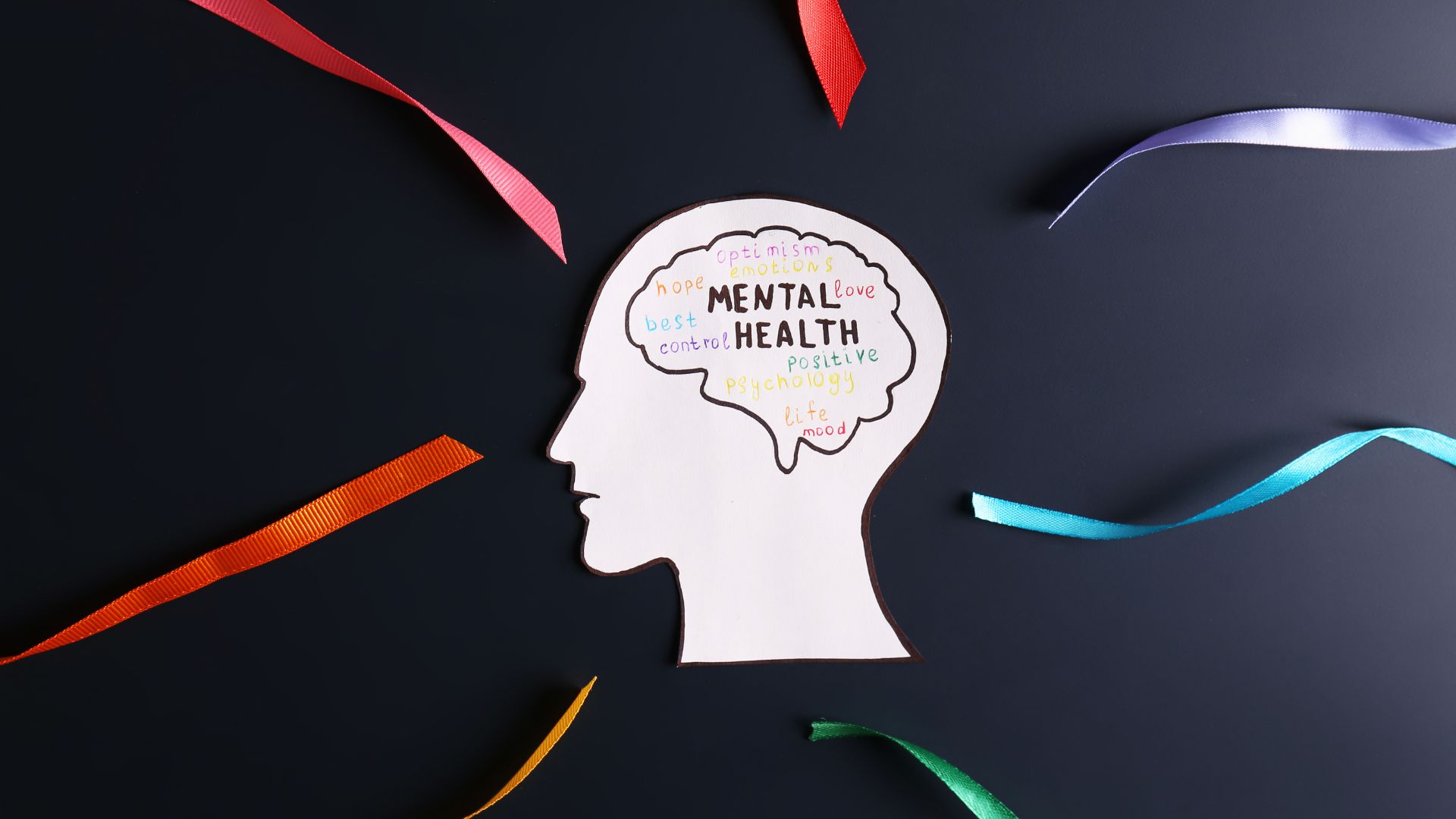The State of Mental Health in America: Key Challenges and Solutions for 2025
The State of Mental Health in America: Key Challenges and Solutions for 2025

Mental health has become one of the most pressing health issues in the United States, with mental illness affecting millions of Americans each year. While progress has been made in terms of awareness and treatment options, the state of mental health in America remains a complex issue. As we approach 2025, the mental health landscape is evolving, and it’s important to understand both the challenges and solutions that will shape the future of mental health care in the USA.
Key Challenges Facing Mental Health Care in the USA
The USA faces several key challenges when it comes to mental health. One of the biggest issues is the lack of access to affordable care. According to the National Institute of Mental Health (NIMH), nearly 60% of adults with mental illness did not receive mental health services in the past year. Barriers such as the high cost of care, inadequate insurance coverage, and a shortage of mental health professionals, especially in rural areas, make it difficult for many individuals to access the care they need.
Another challenge is the prevalence of mental health conditions. Mental health disorders, such as anxiety, depression, and bipolar disorder, are common and have a significant impact on individuals’ daily lives. However, the stigma surrounding these conditions can make it harder for individuals to seek help. Even though mental health awareness has increased, many people still face societal judgments and fear discrimination, which prevents them from discussing their struggles openly.
Solutions for Improving Mental Health Care
As we approach 2025, several solutions are being proposed and implemented to address these challenges and improve mental health care in the USA.
Telemedicine and Virtual Therapy: The rise of telemedicine has made mental health care more accessible, particularly for individuals in underserved areas. Online therapy platforms, such as BetterHelp and Talkspace, allow individuals to receive counseling from licensed professionals remotely. Telehealth services are expanding, and more insurance companies are starting to cover virtual therapy sessions, making it easier for individuals to access mental health services from the comfort of their own homes.
Mental Health Integration in Primary Care: Integrating mental health services into primary care settings is another promising solution. By having mental health professionals work alongside primary care doctors, individuals can receive comprehensive care that addresses both their physical and mental health needs. This integrated approach can reduce the stigma associated with seeking mental health care and provide a more holistic treatment plan.
Workplace Mental Health Programs: Employers are increasingly recognizing the importance of mental health and are implementing programs to support their employees. Providing Employee Assistance Programs (EAPs), mental health days, and flexible work schedules can reduce stress and improve employees' overall well-being. Creating a supportive workplace culture that encourages open conversations about mental health is essential for reducing stigma and fostering a positive environment.
Community-Based Mental Health Services: Expanding community-based mental health services is another solution that can help address the growing demand for care. Local organizations and mental health centers can provide accessible resources for individuals, particularly in low-income and rural communities. Community outreach programs can help reduce isolation and provide essential mental health services to underserved populations.
Conclusion
The state of mental health in the USA is at a crossroads. While there are significant challenges in terms of access to care, stigma, and the growing prevalence of mental illness, there are also solutions that are paving the way for a brighter future. As we approach 2025, it is essential to continue advocating for comprehensive mental health care, better access to resources, and ongoing education to reduce stigma. By doing so, we can create a more supportive and mentally healthy society for all.
.png)
